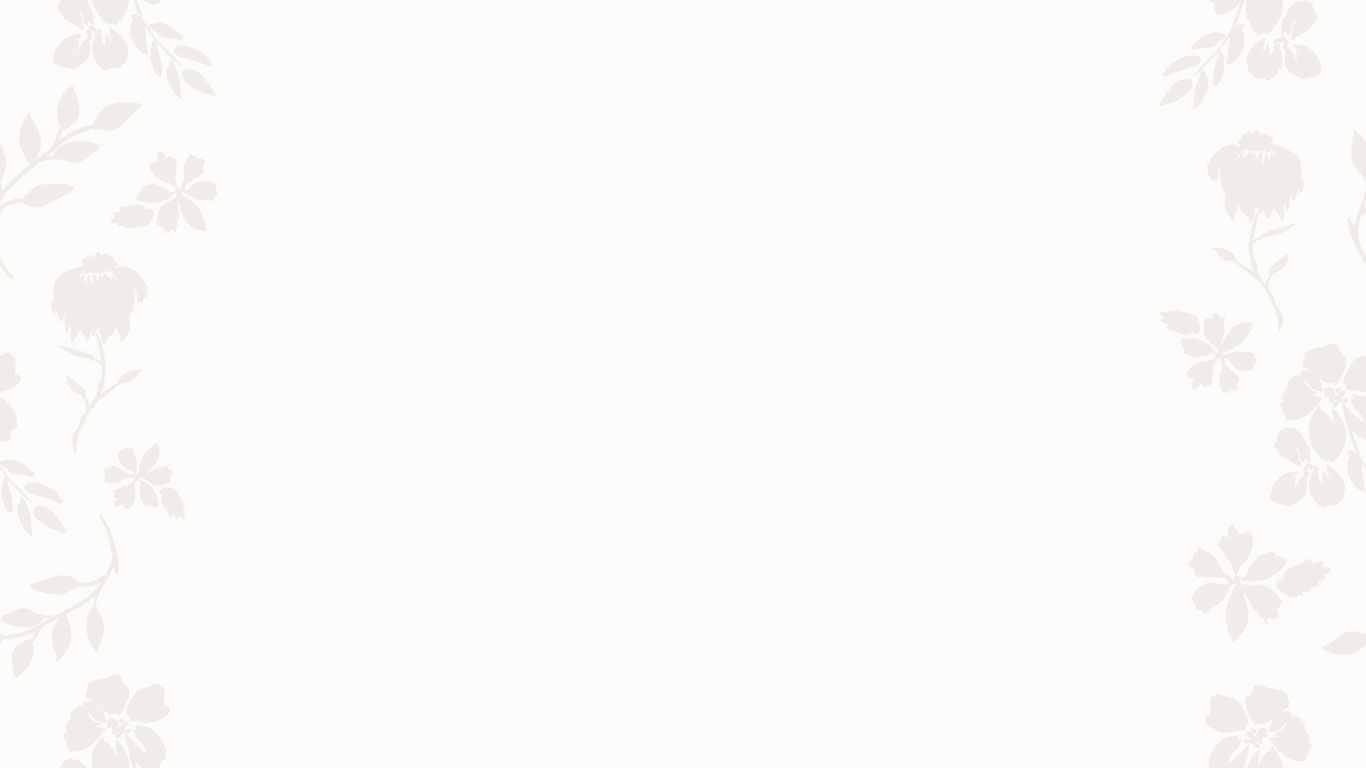Pros and Cons of Swedish Dishcloths
- Lisa
- Aug 31, 2023
- 2 min read
Updated: Nov 26, 2024

It's no secret that I love Swedish dishcloths; I keep singing their praises. But there were a few things that surprised me about them when I first started using them.
So in order to take all the surprise out of it, I thought I'd outline the pros and cons of Swedish dishcloths that I see and let you decide for yourself if they're worth it.
Pros and Cons of Swedish Dishcloths

Pros of Swedish Dishcloths
They're eco friendly and compostable
They save on waste
They don't get smelly (hallelujah!)
They're super absorbent--they can absorb about 15x their weight which is so great when you're cleaning a big spill.
They're easy to clean
Cost (compare 1 cloth to 17 rolls of paper towels and they save a ton)

Cons of Swedish Dishcloths
They tend to discolor with use, although if you choose a colored cloth this isn't as big of an issue.
They eventually break down (which is the point, but I'm still putting it here)
They're hard when they're dry like a sponge, but soften up as you get them wet again.
They don't dry completely flat. They kind of curl up a bit when they dry (see photo below). This is completely an aesthetic thing though.
Upfront cost. They're a bit more expensive on the front end, but they quickly make up for it as you replace paper towels and other rags with them.

So how do they stack up? I think the Pros definitely outweigh the cons, and I love using them.

I'll link up a few more posts I've written about Swedish dishcloths if you'd like to do more research and decide for yourself.
Best Ways to Clean and Sanitize your Swedish Dishcloths


































Comments